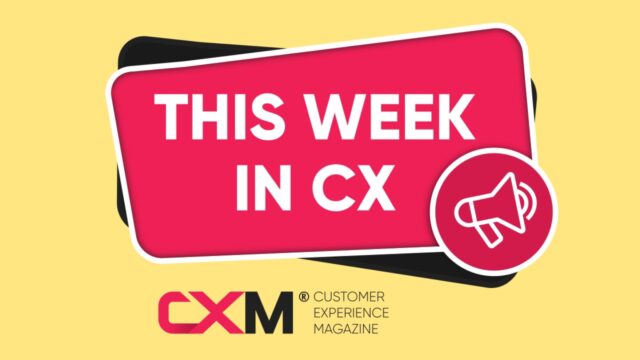April 23, 2025
Price tags vs. planet: Shoppers reveal what really matters in the aisle

As Earth Day approaches, a fresh poll from the Marine Stewardship Council (MSC) offers a revealing look at how Americans are navigating the grocery store with one eye on their wallets and the other on the planet.
The numbers tell a story of good intentions meeting financial pressure. While nearly 70% of respondents admit they sometimes or frequently consider environmental impact when grocery planning, just 1 in 5 said it’s a regular part of their routine. In an era when global food production contributes roughly a third of human-caused greenhouse gas emissions, that figure leaves plenty of room for growth.
Rising costs are only complicating the picture. Food prices in the U.S. increased 2.8% this year and will likely rise another by 3.2% in 2025. Can sustainability still compete with savings?
Apparently, it depends on who you ask. Gen Z and millennial shoppers (18–29) were nearly twice as likely as those over 55 to weigh their environmental impact while shopping. Meanwhile, 36% of all respondents said businesses should continue to focus on sustainability, even as the cost of living climbs. A third went a step further, saying it should be the priority.
Simple changes go a long way
The survey also spotlighted seafood, an often-overlooked choice in the sustainability conversation. One in four Americans believes fish and seafood are the most environmentally friendly animal proteins, just ahead of chicken. Still, 33% confessed they’re not sure which proteins make the greenest choices.
Science backs up the fish fans: wild-caught seafood, especially from certified sustainable sources, tends to have a significantly smaller carbon footprint than land-based meat.
To help shoppers make more sustainable choices, the MSC reminds consumers that simple changes can go a long way. That might mean adding one or two servings of fatty fish like salmon or sardines to the weekly menu to boost omega-3 intake, or choosing shelf-stable options, such as canned or pouched seafood, that are both affordable and convenient. When scanning the seafood aisle, looking for the blue MSC label can help ensure that those fish were sourced responsibly from well-managed wild fisheries.



